
Transcription
Daniel Gwynn Blog Update
Date: 10/21/13
Subject: "The Confession"
The Confession
Mr. Gwynn's confession deprived him of a fair trial because it was the product of coercion; he was under the influence of crack-cocaine withdrawal during the interrogation; it doesn't match the crime scene facts; it was typed and not electronically recorded; and there was no follow up investigation to verify the narrative.
While under the influence of crack-cocaine withdrawal, Detective Mangoni bullied Gwynn into believing he had committed this arson murder. Through manipulation & trickery, Det. Mangoni used misleading documents bearing Gwynn's name to induce a guilty state of mind. For 3 hours, Gwynn was handcuffed to a chair in an interrogation room being badgered into submission. Although Gwynn was not physically harmed, he was made to believe that he would be. The record reflects a guiding hand influencing Gwynn's account on the crime scene facts that he got right.
Gwynn's history of addiction is made evident in his statement, witnesses' statements & the police medical screening report (which reflects Gwynn's state of mind just before the interrogation). Gwynn was denied medical treatment even though the detectives were very much aware of Gwynn's impaired condition.
The confession's narrative is vague on crime scene facts that were unknown to Det. Mangoni; it doesn't contain any unique non-public crime facts; and it is not independently corroborated by any physical, medical or other credible evidence. Instead, it contains crime-specific details only on those issues that Det. Mangoni knew prior to the interrogation; and there's errors of fact that suggest his ignorance of the true crime facts which cast doubt on its veracity. (e.g., 1 - There's not a single fact about the fire in the statement that Det. Mangoni didn't already know; 2 - Basic details of the building are wrong, like exiting the building by running down the stairs and out the front door, which proves impossible because the front door was cemented shut and the only exit was a window in the back of the building; 3 - He describes watching the gas spread down the hallway & steps which is physically impossible, because there's no light source of any kind in that hallway, according to the Fire Marshal; and 4 - There's no independent corroboration on his actions before or after the fire.)
Finally, the confession was typed and not electronically recorded, and there's no objective record of the questioning session. The Philadelphia Police Department are known to have utilized audio/video recording devices in their investigations prior to & since this arson interrogation session.
"The blood of the accused is not the only hallmark of an unconstitutional inquisition."
Daniel Gwynn
Other posts by this author
|
2017 may 13
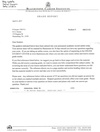
|
2017 apr 22
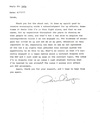
|
2017 apr 22

|
2017 apr 22
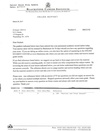
|
2017 apr 1
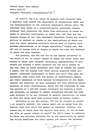
|
2017 apr 1
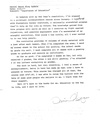
|
More... |
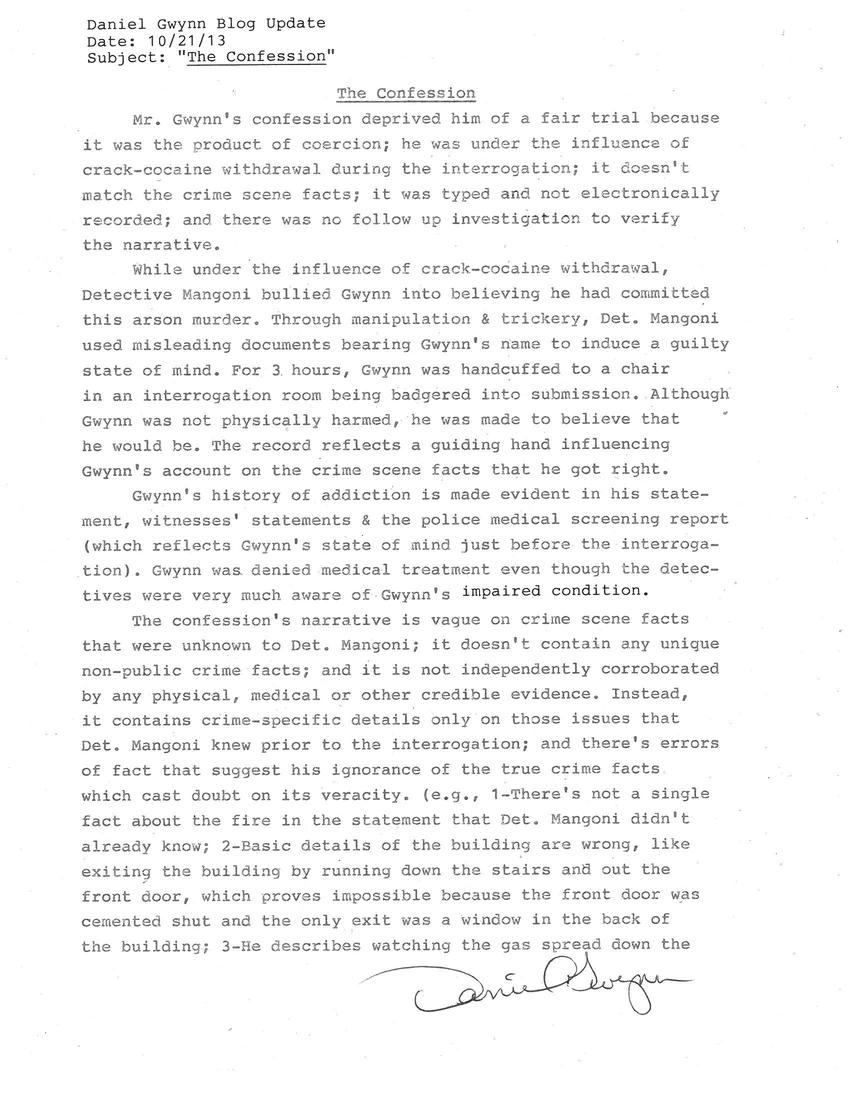
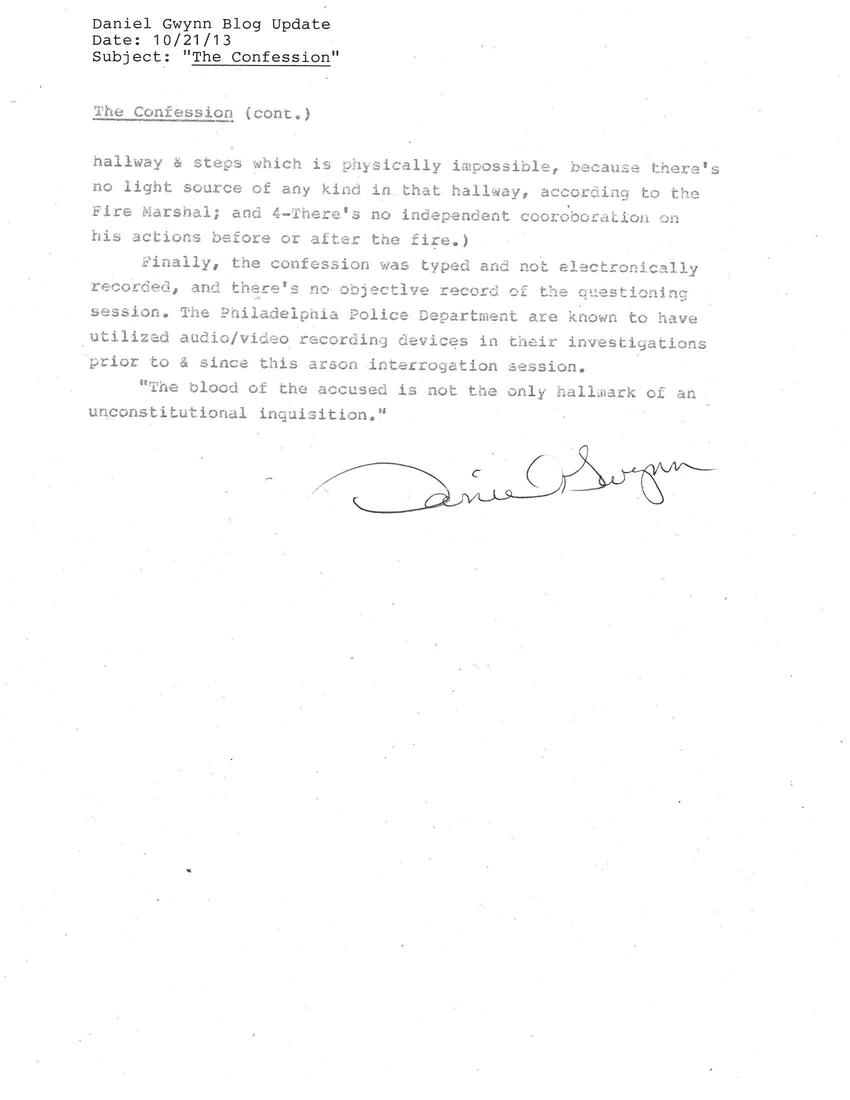

Replies